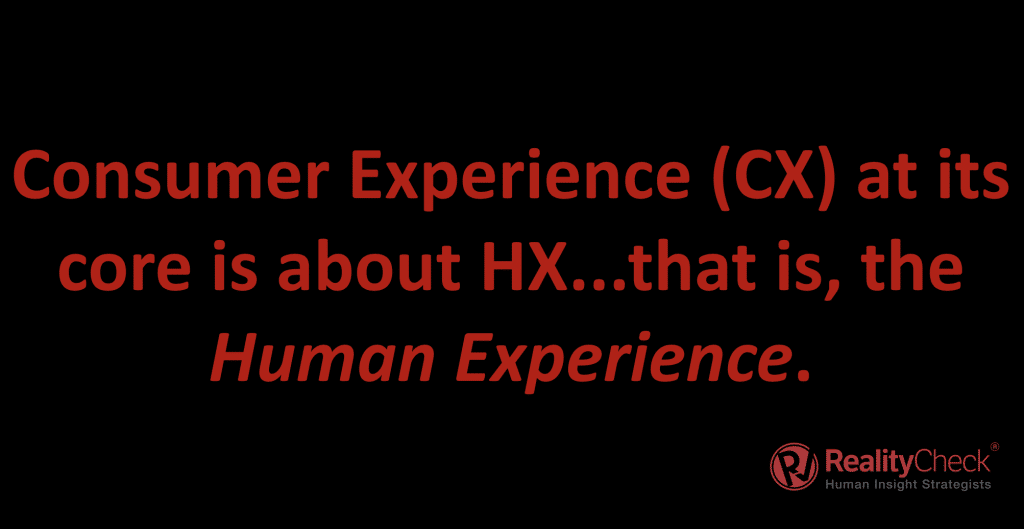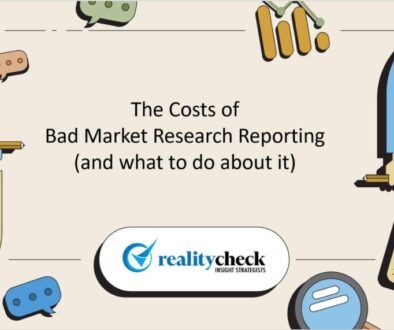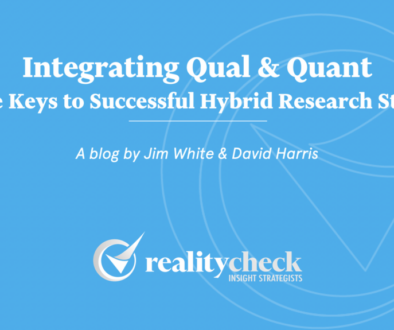Shifting from CX to HX: 3 Guidelines for Aligning Human Experience and Brand Experience

Everywhere you turn these days you hear people talking about Consumer Experience or CX. For a few, it is relegated to the digital or “User Experience” people have with a brand’s digital properties. For many more, it means more broadly tracking and improving the consumer journey through various “touchpoints” with brands. For some others, it means using such tracking to deliver rapid response to consumer complaints and pain points. And for a few, it means reorganizing the company to improve the consumer experience across corporate disciplines that used to operate in silos.
But for us, CX at its core is about HX…that is, the Human Experience.
We’ve been arguing for years that many brand marketers approach insights with too narrow a lens. They focus almost entirely on the consumer part of people…the part that shops, buys and uses brands. But that’s only a sliver of the larger Human Experience that actually drives the decisions we make.
Opening your eyes and ears to the Human Experience creates greater opportunities for brand teams to innovate, find inspiration and gain a competitive advantage because it explores a relatively unexplored part of people…the human part.
Let’s face it, most big brands have researched the consumer part of people to death. You already know all you’re ever going to know about how people shop, buy and use your brands. If you want fresh insights you have to look somewhere new and different. That’s why we preach a shift from Consumer Insights to Human Insights, and from Consumer Experience to Human Experience.
So here are three guidelines to help you make the transition from CX to HX:
Explore the Human Context
Whether you call it “CX tracking,” “decision journey mapping” or something else, when brands track the Consumer Experience, they focus almost solely on moments of brand interaction…when people use our website, visit our store, call our customer service number, or use our product. While important, this myopia ignores the rich context in which brand interaction occurs. And in so doing, this approach often fails to reveal how brands fit into the larger context of a person’s life; misses unmet needs that might exist outside of those moments; and fails to provide much insight beyond what brand teams already know.
A transition to HX takes into account the human context in which brand experiences are embedded. It uses immersive methods like longitudinal digital ethnography to understand not only moments of brand interaction, but the life context in which those moments happen.
So the next time you set out to track the Consumer Experience, ask yourself, “Are we paying attention to the human context too?” If not, you might want to rethink your approach.
Listen to the Human Stories
As human beings, we make sense of our experience through stories. Psychologists have known for some time now that our memories, aspirations, even our identity, is constructed through stories we tell ourselves. When you track Human Experience, you really are tracking Human Stories over time. What matters is not what someone actually did (if such a thing could ever truly be known) but what narrative of experience they carry with them.
You can compare a person’s Human Experience Story with their Aspirational Experience Story… that is, the story they want to tell themselves. The “gap” between the two narratives represents the opportunity area for brands.
So the next time you set out to track the Consumer Experience, ask yourself, “Are we listening to the Human Experience Stories people tell themselves? Do we understand the Aspirational Experience Story they want to tell themselves? And how can our brand bring these two narratives into alignment?”
Empathize with the Human Journey
When you explore other people’s life context and listen to the stories they tell themselves, it becomes easier to find a part of yourself that connects with their human experiences. You begin to see the world consisting of human beings, rather than of marketers (us) and consumers (them). That’s called empathy. Psychologists are trained to listen empathically. But anyone can learn to do it. And when you apply empathic listening to the experiences of the human beings who interact with your brand, you begin to understand those experiences on a much deeper, personal level. You’re in a sense using the synergy between your life experience and theirs as “data” to inspire innovation.
So as you embark on your Human Experience journey, however you define it at your company, ask yourself, “Are we listening empathically to what people are saying? Are we finding parts of ourselves and our own life stories that share this experience? Are we listening on an empathic level to the human experience stories we hear?”
So there you have it – a few guidelines for turning CX into HX for your brand. That’s our point of view. But what’s yours? We’d love to hear what you think. Tell us what your experiences have been with CX and if you feel a transition to HX makes sense.























